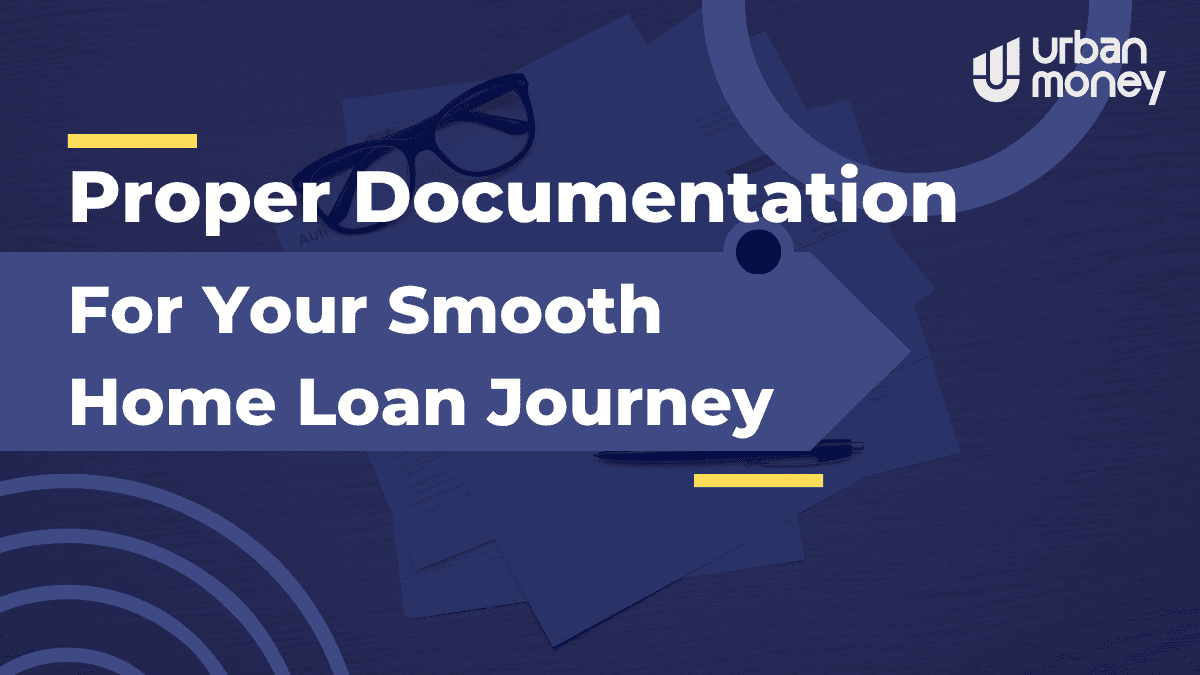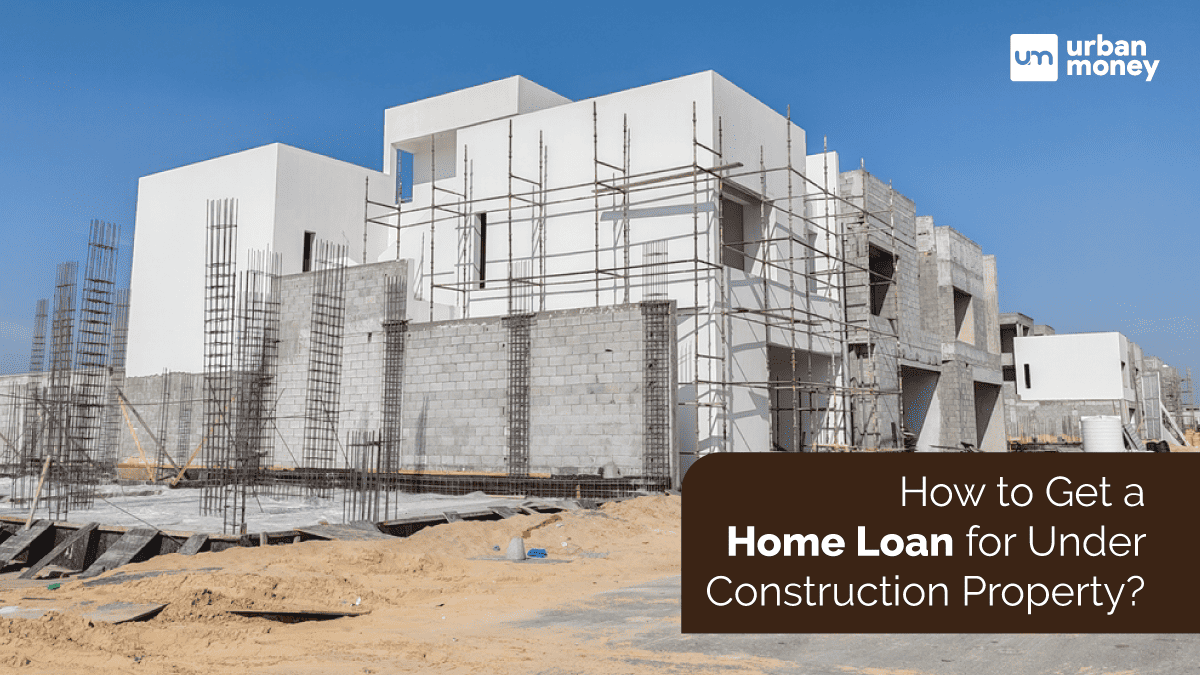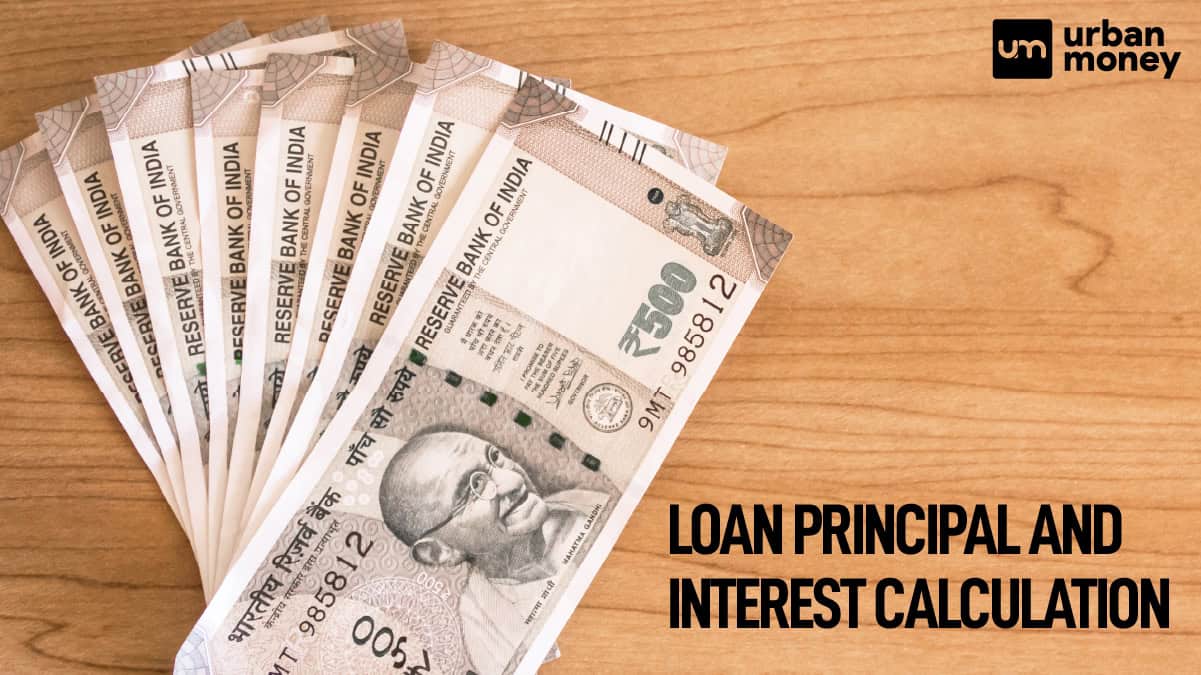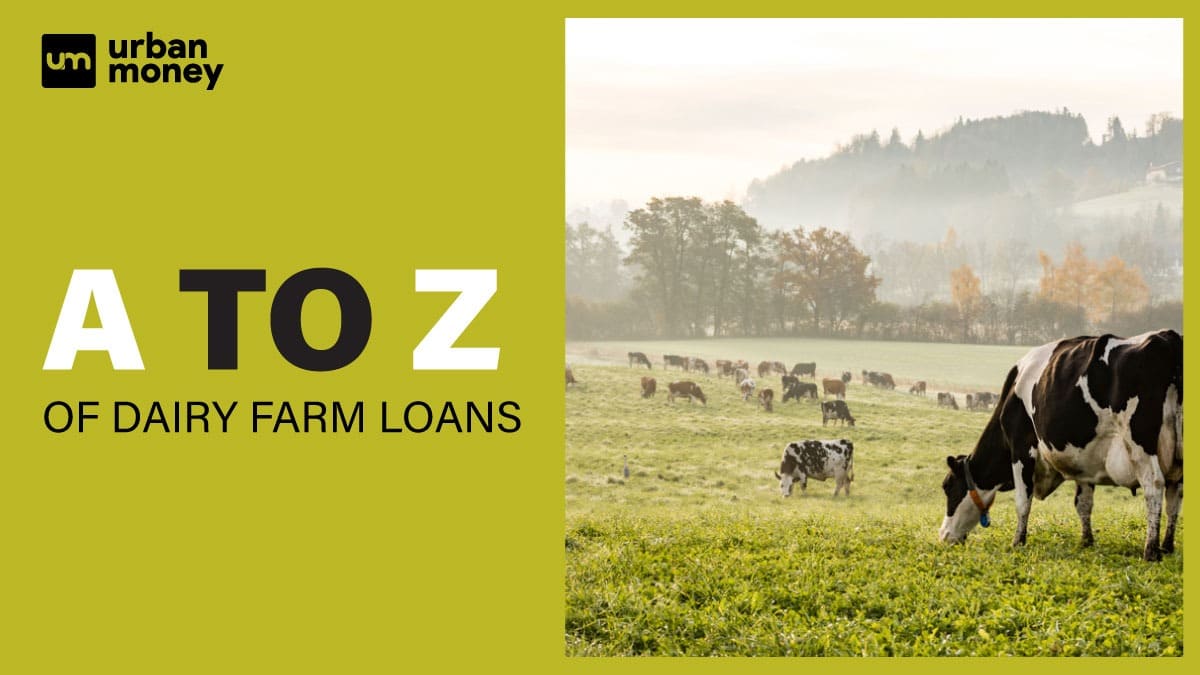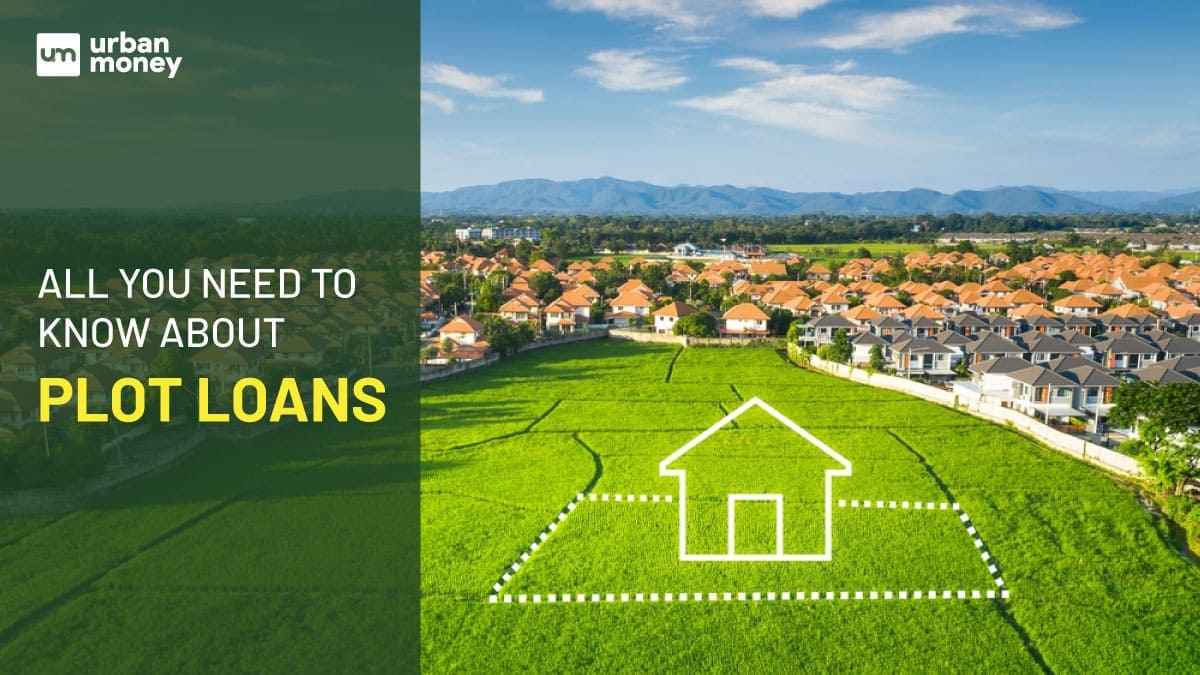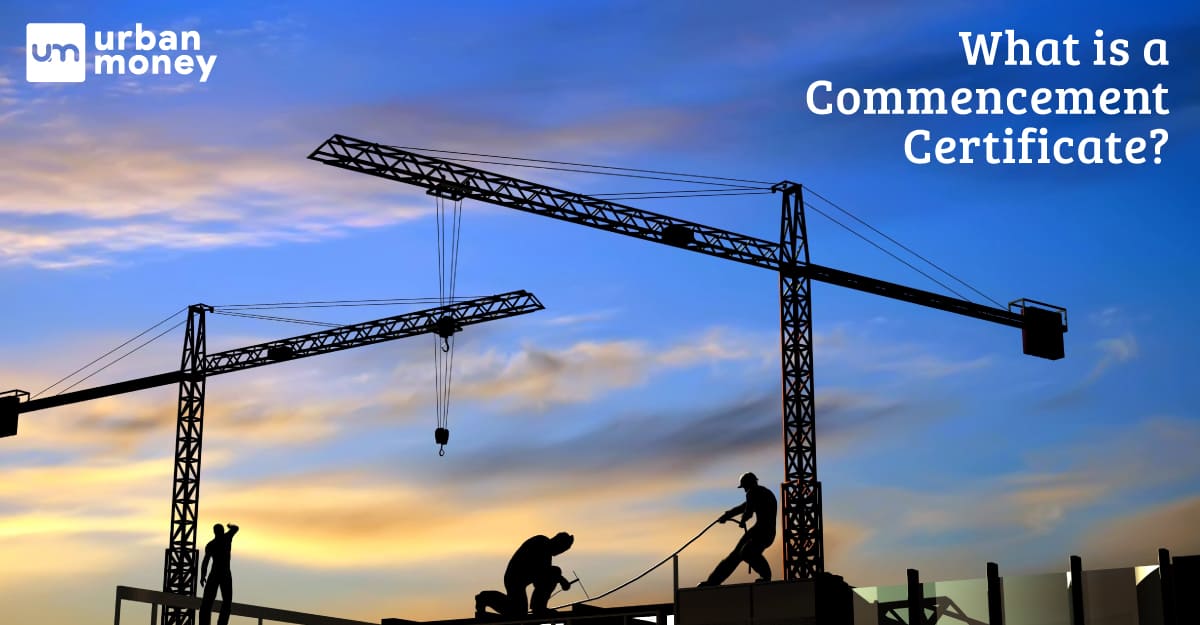Top 10 Best Private Banks in India List 2025
January 09, 2025
Home Loan Archive | IAY : Indira Awas Yojana ( इंदिरा आवास योजना )

April 26, 2023
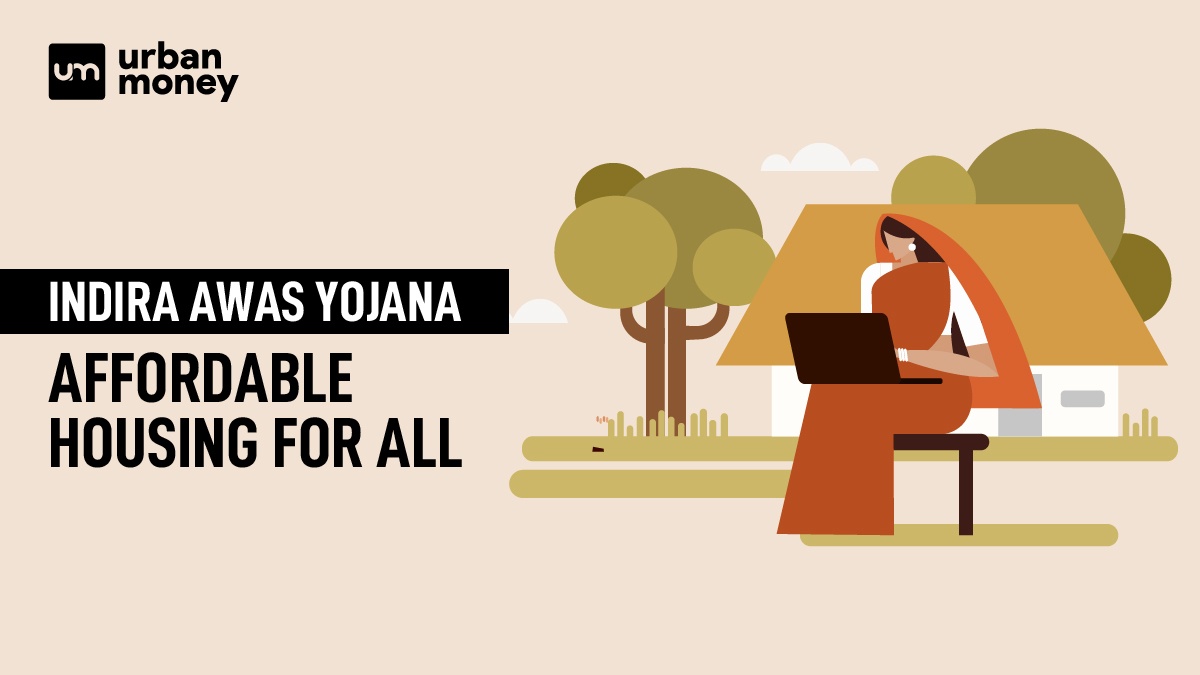

In a country as diverse as India, providing adequate housing for every citizen is a daunting task. However, with the implementation of the Indira Awas Yojana (IAY), the Indian government has taken significant steps to provide shelter to the economically weaker sections of society. Over the years, the program has undergone several changes to make it more effective and inclusive. With its continued success, the IAY has become an integral part of the government’s efforts to eradicate poverty and provide basic amenities to all citizens.
In this in-depth guide, we will take a closer look at the IAY and its various components, eligibility criteria, application process, and other important details to help you understand how the program works and how it can benefit you. So, whether you are a rural dweller looking for housing assistance or simply interested in learning more about this important government program, read on to discover everything you need to know about the Indira Awas Yojana.
Table of Contents
ToggleThe Indira Awas Yojana (IAY) was a flagship affordable housing scheme launched by the Indian government in 1985 to provide housing for people belonging to the Below Poverty Line and Economically Weaker Sections of society, especially in rural areas. The scheme was initially limited to the reserved categories, but it was extended to include non-reserved categories in 1993-94.
Under this scheme, the government provided financial assistance to eligible beneficiaries to construct a pucca house with basic amenities like toilet, water supply, and electricity. The scheme was implemented through the local government bodies such as Gram Panchayats, Zila Parishads, etc.
The scheme was later replaced by the Pradhan Mantri Awas Yojana-Gramin (PMAY-G) in 2016. However, the houses constructed under the IAY continue to be eligible for support under PMAY-G.
The table below showcases the banks offering home loans under the IAY Scheme.
Yes, the Pradhan Mantri Awas Yojana (PMAY) and the Indira Awas Yojana (IAY) are different. IAY was a flagship affordable housing scheme launched in 1985 to provide housing for people belonging to the Below Poverty Line and Economically Weaker Sections of society, especially in rural areas. PMAY, on the other hand, is a more comprehensive scheme launched recently, in 2015, that aims to provide affordable housing to both urban and rural areas. PMAY has two components – Pradhan Mantri Awas Yojana – Urban (PMAY-U) and Pradhan Mantri Awas Yojana – Gramin (PMAY-G), which replaced IAY. PMAY aims to provide affordable housing to all eligible beneficiaries by the year 2022.
Indira Awas Yojana (IAY) was launched in 1985 as a flagship affordable housing scheme by the Indian government to provide housing for people belonging to the Below Poverty Line and Economically Weaker Sections of society, especially in rural areas. The scheme was initially limited to reserved categories, such as SC, St, and OBC. Additionally, it was extended to include non-reserved categories in 1993-94, thereby increasing the number of beneficiaries.
In 1996, the scheme was further expanded to cover the spouses or wards of defence and paramilitary personnel, as well as ex-servicemen/ retired employees of the Armed Forces. The scheme aimed to provide financial assistance to the beneficiaries to construct a house or upgrade their existing house to a livable standard.
In 1999, the government merged IAY with the Jawahar Gram Samridhi Yojana (JGSY) to form the Swarnjayanti Gram Swarozgar Yojana (SGSY). However, the housing component of the scheme continued to be known as IAY.
In 2011, the government further expanded the scope of IAY by increasing the financial assistance provided to beneficiaries and making the scheme more target-oriented. In 2013, the government also increased the unit cost of construction of houses under the scheme to keep up with the rising costs of building materials.
In 2016, the government announced that the Pradhan Mantri Awas Yojana (PMAY) will provide affordable housing to both urban and rural areas. PMAY-G, the rural component of PMAY, replaced IAY. PMAY-G aims to provide financial assistance to eligible beneficiaries to construct a pucca house with basic amenities, including a toilet, kitchen, and drinking water facilities. The scheme also aims to provide assistance to the beneficiaries to renovate their existing houses.
Thus, IAY has evolved over the years to become PMAY-G and continues to provide financial assistance to the rural poor for building houses and improving their standard of living.
The main goal of the Indira Awas Yojana (IAY) was to provide housing to the impoverished and homeless people of India. However, this overarching objective can be broken down into several more specific objectives like promoting homeownership, encouraging self-construction of homes, promoting the use of sustainable building materials and practices, and setting a specific timeline for construction.
Since Independence, India has not been able to provide housing to all of its citizens. Starting in 1985, the government launched the Indira Awas Yojana (IAY) to assist people in building their own homes. The main objective of the housing scheme was to offer homeownership to those in need, particularly the homeless. Once these individuals had a home, their financial and living conditions could improve.
One distinctive aspect of the Indira Awas Yojana (IAY) was that although the government provided aid, beneficiaries were not permitted to hire outside parties or agencies to build their homes. Instead, they had to undertake the construction themselves. However, beneficiaries could receive assistance from private organizations, youth clubs along with other non-profit organizations to build their houses.
The Indira Awas Yojana (IAY) also promoted the use of environmentally-friendly construction materials. The scheme required beneficiaries to use sustainable and locally-sourced building materials when constructing their homes. Additionally, the program encouraged the reuse of building materials during the construction process.
The scheme had a fixed timeframe for the completion of house construction. The beneficiary had to finish the first stage of construction in a set time frame i.e. nine months. The time started as soon as the beneficiary received the assistance.
The key features of the Indira Awaas Yojana (IAY) are:
The houses constructed under the IAY will be jointly owned by both husband and wife, except for unmarried, widow, or divorced individuals.
The construction of the houses should be done by the beneficiary themselves, and no contractors should be involved. If contractors are found to be involved, the State Government will withdraw the funds used.
The beneficiaries will receive technical and managerial guidance to construct their IAY house. Additionally, NGOs, charitable organizations, and youth clubs can provide necessary services to support the beneficiaries.
The State Government promotes eco-friendly construction techniques and provides facilities such as water supply, internal and approach roads, sewerage, drainage, street lighting, and social infrastructure amenities in slums to improve the living conditions of the beneficiaries.
To be eligible for the scheme, applicants must be Indian citizens who do not currently own any property in the country and have not received benefits from any previous government housing schemes. They must be either purchasing or constructing their own house and must provide government-issued photo identity proof, address proof, and income proof. Self-employed individuals must provide additional documentation such as a company registration certificate and financial statements. Proof of the property being purchased or constructed must also be provided. It is important to note that no family member can give up their existing home, and the scheme cannot be used for renewal or other purposes.
To enjoy the benefits of Indira Awas Yojana you need to provide several documents to the authorities including:
Here are the steps to apply for the Indira Awas Yojana:
Overall, the application process for the Indira Awas Yojana involves approaching the local Gram Panchayat office, filling the application form, attaching necessary documents, submitting the form, verification and approval, and finally, construction of the house.
Note: Since the IAY scheme has been merged with the PMAY housing schemes, you can apply for the same through their official website.
The Indira Awas Yojana covers 14 states in total including:
The Indira Awas Yojana (IAY) was a housing scheme launched by the Government of India in 1985, aimed at providing financial assistance to the rural poor for constructing their own houses. The scheme was merged with another housing scheme called Pradhan Mantri Awas Yojana – Gramin (PMAY-G) in 2016.
The implementation process of the Indira Awas Yojana involved the following steps:
Under the Indira Awas Yojana (IAY), the State and Central Government share the funds released to the beneficiaries in a ratio of 75:25, excluding projects in the North-East regions and Union Territories. The Central Government is responsible for providing 90% of the funds for projects in the North-East regions and Union Territories.
The funds allocated for the beneficiaries, except in the North-East regions and Union Territories, are categorised based on the beneficiary category. For SC/ST category beneficiaries, 60% of the fund is allocated, 15% for minority sections of society, and 3% for individuals with disabilities. If the beneficiaries do not fall under these categories, the District Collector or Zilla Parishad should certify the same and make necessary changes in the official portal (Awaas Soft).
90% of the funds allocated under the scheme will be used for the purchase of items for new houses, upgradation of houses, and other relevant expenses. The remaining 5% of the funds will be used for special projects undertaken by the IAY.
The Ministry of Rural Development will allocate the funds based on the priority given to the housing shortage in rural regions, followed by individuals of the Below Poverty Line (BPL) category. Additionally, 20% of the assistance can be utilised for the upgradation of kutcha houses for BPL category families.
The following table depicts the funds allocation by both governments:
| Category of the Beneficiary | Fund Allocated |
| SC/ST Category | 60 Percent |
| Minority Sections of Society | 15 Percent |
| Individuals with Special Abilities | 3 Percent |
The Indira Awas Yojana (IAY) was a flagship scheme launched by the Government of India to provide housing assistance to the rural poor. While the central government designed and funded the scheme, the implementation of the scheme largely depended on the state governments.
State governments have played a critical role in implementing the IAY. They were responsible for identifying the beneficiaries, selecting suitable sites for construction, disbursing the funds, and ensuring the quality of construction. State governments were also responsible for monitoring and supervising the progress of construction work.
To ensure the effective implementation of the IAY, state governments needed to establish a robust and efficient administrative mechanism. This included setting up a dedicated team to oversee the implementation of the scheme, developing a database of potential beneficiaries, and conducting regular inspections of the construction sites.
State governments also had to coordinate with various stakeholders, including local self-government institutions, non-governmental organizations, and community-based organizations, to ensure that the scheme was implemented smoothly and efficiently.
Overall, the role of state governments in implementing the Indira Awas Yojana was crucial to its success. Without their active participation and support, it would have been challenging to achieve the scheme’s objectives of providing housing assistance to the rural poor.
The Indira Awas Yojana (IAY) aimed to alleviate poverty by providing housing to the rural poor, improving their living conditions, and reducing their vulnerability to natural disasters. The impact of the Indira Awas Yojana on rural housing and poverty alleviation has been significant. The scheme has played a crucial role in improving the housing conditions of the rural poor and providing them with safe and secure shelter. The scheme has also helped in reducing the number of homeless people in rural areas.
The IAY has contributed to poverty alleviation by providing a durable asset to the rural poor, which they can use to generate income and improve their livelihoods. The scheme has also created employment opportunities for the rural poor, particularly in the construction sector.
The scheme has also had a positive impact on the education of children in rural areas. Children who have access to safe and secure housing are more likely to attend school regularly and perform better academically.
The IAY has also helped in promoting social inclusion and empowerment of women. The scheme has a provision of allocating 30% of the available houses to women, which has helped in reducing gender disparities and improving the status of women in rural areas.
Indira Awas Yojana (IAY) was a rural housing scheme launched by the Government of India in 1985. The scheme aimed to provide financial assistance to people living below the poverty line (BPL) in rural areas to construct their houses.
There are several other rural housing schemes in India, such as Pradhan Mantri Awas Yojana (PMAY), Rajiv Awas Yojana (RAY), and Awas Yojana, among others. Let’s compare IAY with these schemes.
PMAY was launched in 2015, and it aims to provide housing for all by 2022. The scheme has two components: Pradhan Mantri Awas Yojana-Urban (PMAY-U) and Pradhan Mantri Awas Yojana-Gramin (PMAY-G). PMAY-G is similar to IAY and provides financial assistance to BPL families in rural areas for the construction of pucca houses. However, PMAY-G provides a higher amount of financial assistance than IAY, and it also covers other categories of people, such as senior citizens, differently-abled people, and widows.
RAY was launched in 2009, and it aimed to provide slum-free cities by 2022. The scheme focused on providing basic services, such as water supply, sanitation, and solid waste management, to slum dwellers and providing them with tenure security. RAY did not provide financial assistance for house construction like IAY.
IAY was a significant rural housing scheme launched in India, but with the introduction of other schemes such as PMAY-G, RAY, and Awas Yojana, the focus has shifted from just providing financial assistance for house construction to providing basic amenities, tenure security, and affordable housing to people living in rural areas.
Yes, the Indira Awas Yojana has been discontinued and replaced by other affordable housing schemes, including the Pradhan Mantri Awas Yojana (PMAY).
Under the Indira Awas Yojana, a financial assistance of up to Rs. 1.20 lakh was provided to eligible beneficiaries for the construction or renovation of their homes.
Since the Indira Awas Yojana is no longer in operation, it is not possible to get money from the scheme. However, eligible beneficiaries can apply for financial assistance under other housing schemes, such as the Pradhan Mantri Awas Yojana.
The duration of the Pradhan Mantri Awas Yojana has been extended till March 2024.
IAY stands for Indira Awas Yojana.
The Indira Awas Yojana was launched in 1985 as a part of the Integrated Rural Development Programme (IRDP).
No, beneficiaries of the Indira Awas Yojana are not allowed to sell the house for at least 5 years from the date of receiving the financial assistance. Is Indira Awas Yojana discontinued?
How much money is given in Indira Awas Yojana?
How can I get money from Indira Awas Yojana?
Is PMAY extended for 2023?
What is the full form of IAY?
When did the Indira Awas Yojana first start?
Can I sell Indira Awas Yojana house?










© 2025 www.urbanmoney.com. All rights reserved.

Need Loan Assistance?






